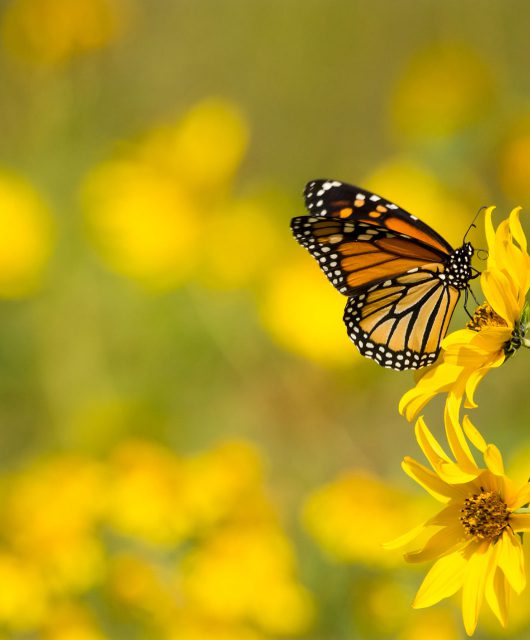Kilometres beneath our feet, deep in cracks under the Earth’s continents lives a vast, secret world of microbes
Every now and again, science comes up with a finding so revolutionary that it shakes up the way the rest of us see our planet. Those moments are pretty rare. I can point to only a handful in my life, including the time a very patient theoretical physicist from the California Institute of Technology explained quantum field theory to me. (Thanks, Sean Carroll!) I could never see the world the same way after that.
These are not the incremental — but important — findings that sharpen what we already know, like the news that more methane than ever is seeping out of Arctic permafrost, for example. Or that sea stars are melting like papier mâché, victims of a ferocious wasting disease. They are not like the discovery of a new species or the news flash that a creature once endangered has come back from the brink or the welcome research showing how an animal is adapting to planetary change.
These are the mind-blowers. And one showed up on my doorstep late last year.
It turns out that kilometres beneath our feet, nestled deep in crustal cracks under the Earth’s continents and far below the seabed floor lives a vast, secret world of microbes.
DEEP BENEATH US, MICROBES HAVE EXISTED FOR TENS OF MILLIONS OF YEARS TRAPPED IN A STATE OF SUSPENDED ANIMATION… LIKE SOMETHING OUT OF SCIENCE FICTION
Most are strangers to science. But because of novel scientific drilling techniques and DNA sequencing, scientists are beginning to find them. It’s all part of the Deep Carbon Observatory project that has been going on for about a decade, run by hundreds of scientists across dozens of countries.
They’ve come up with a bunch of ways to describe this newly discovered part of the planet: microbial dark matter. The Galapagos of the deep. The life of the Stygian sphere. The creatures themselves are mainly bacteria and single-celled archaea (microbes with no nucleus). And they are weird. Far weirder than their relatives on the surface. These fellows survive the underworld equivalent of fire and brimstone. They live under unimaginable pressure in high-temperature extremes long believed inimical to life. They manage with no light and almost no food, some nourished only by the meagre energy shed by rocks.
Some individuals seem to have existed for millions or even tens of millions of years trapped in a state of suspended animation. It’s like something out of science fiction. They don’t divide or grow. They are barely alive. How do they do it? Are they zombies, never capable of revival? Or are they just in purgatory, waiting for the moment when they can spring back to full life? Scientists don’t have a clue.
What they do know is that there are a lot of these microbes of the netherworld. Scientists calculate that 70 per cent of the planet’s bacteria and archaea live in these underground lairs. That means there are more inside the Earth’s crust than on top of it.
This space, dubbed the “deep biosphere,” is twice as big as the volume of the vast global ocean, making it the biggest ecosystem on the planet.
And it’s a massive carbon store. There’s so much life hidden in the innermost reaches of the crust that it contains anywhere from 245 times to 385 times more carbon than that held in all the humans now alive. Not only that, but these odd creatures are similar no matter which part of the planet’s deep recesses scientists sample. What’s underneath Seattle, Washington, is similar to what’s underneath South Africa.
So what does it mean? For one thing, it’s likely to redraw the tree of life, the schematic showing which species evolved from which. Is this dark world where life on our planet originated? Or did life seep into the crust from the surface and then evolve into wholly new forms?
Can these communities of underworld microbes move? Do they rely on earthquakes or tectonic plate movements in any way? Are they affected by waste products that humans are injecting into the deep Earth?
Perhaps most intriguingly, how are these new microbes connected to their cousins on the surface, if at all? Are they part of the planet’s biological cycles? Geological cycles? Chemical ones?
So far, we don’t have the answers. But isn’t it intoxicating to think of all that life underneath us, going about its business for millions of years, maybe influencing how our lives unfold? What else don’t we know?



